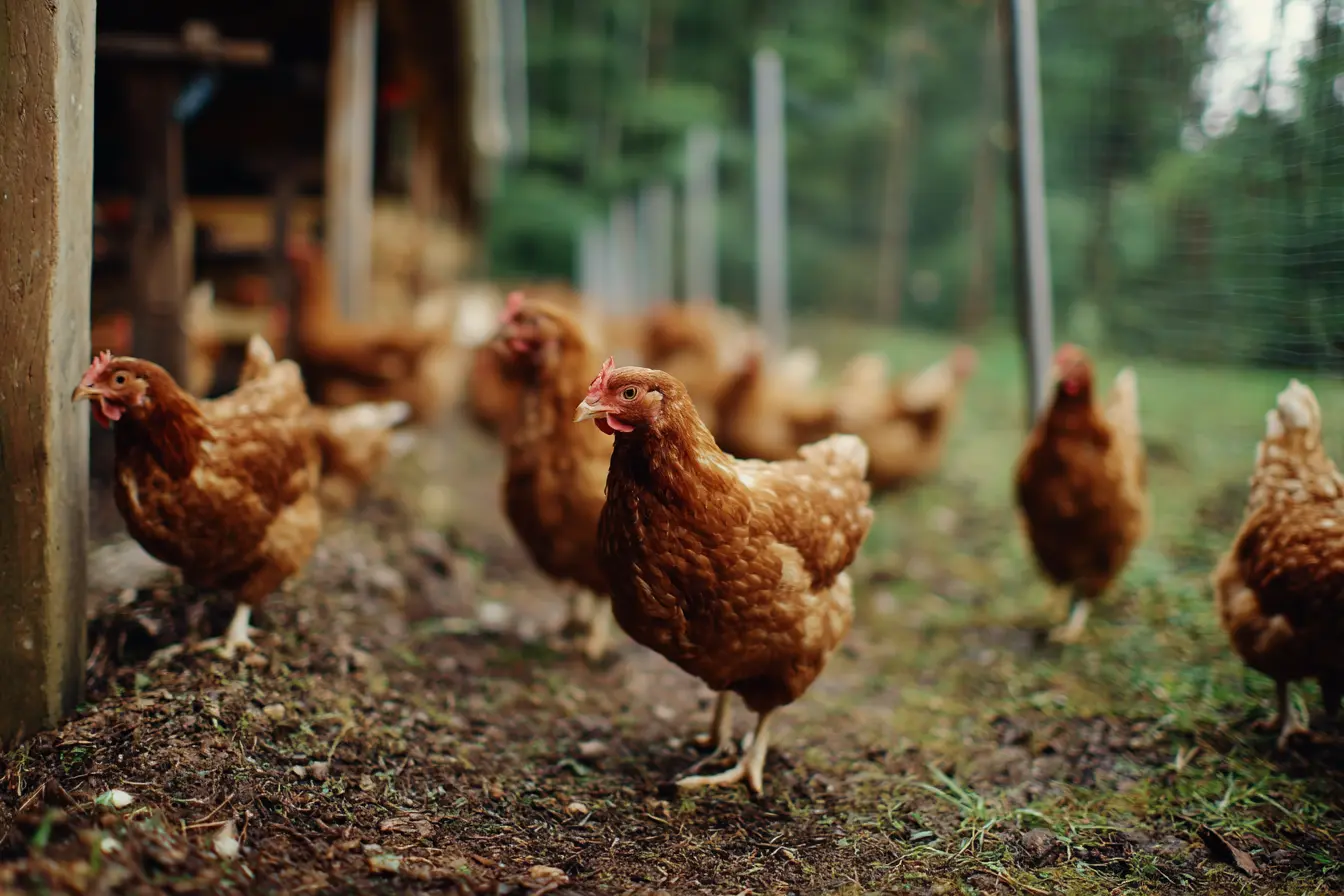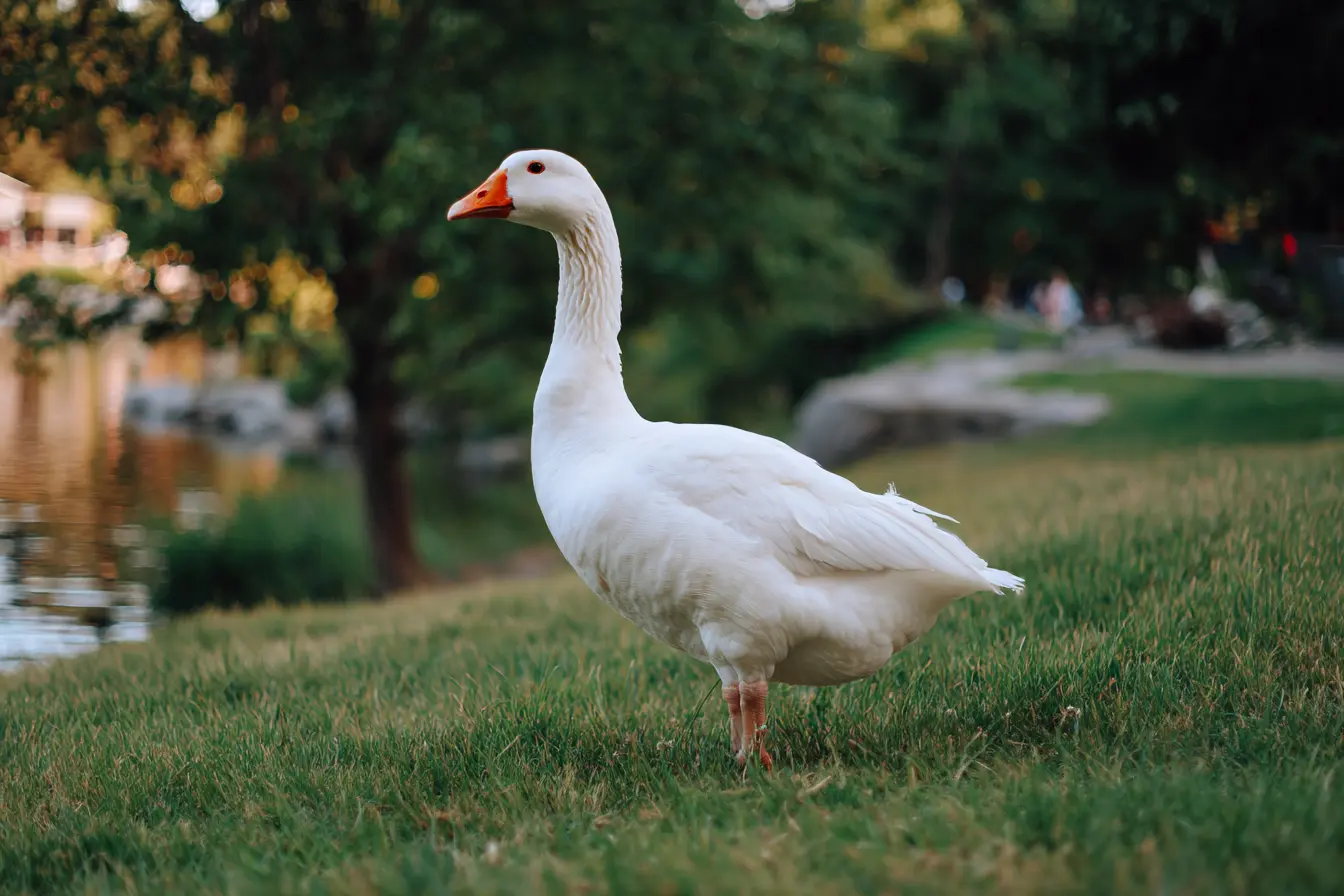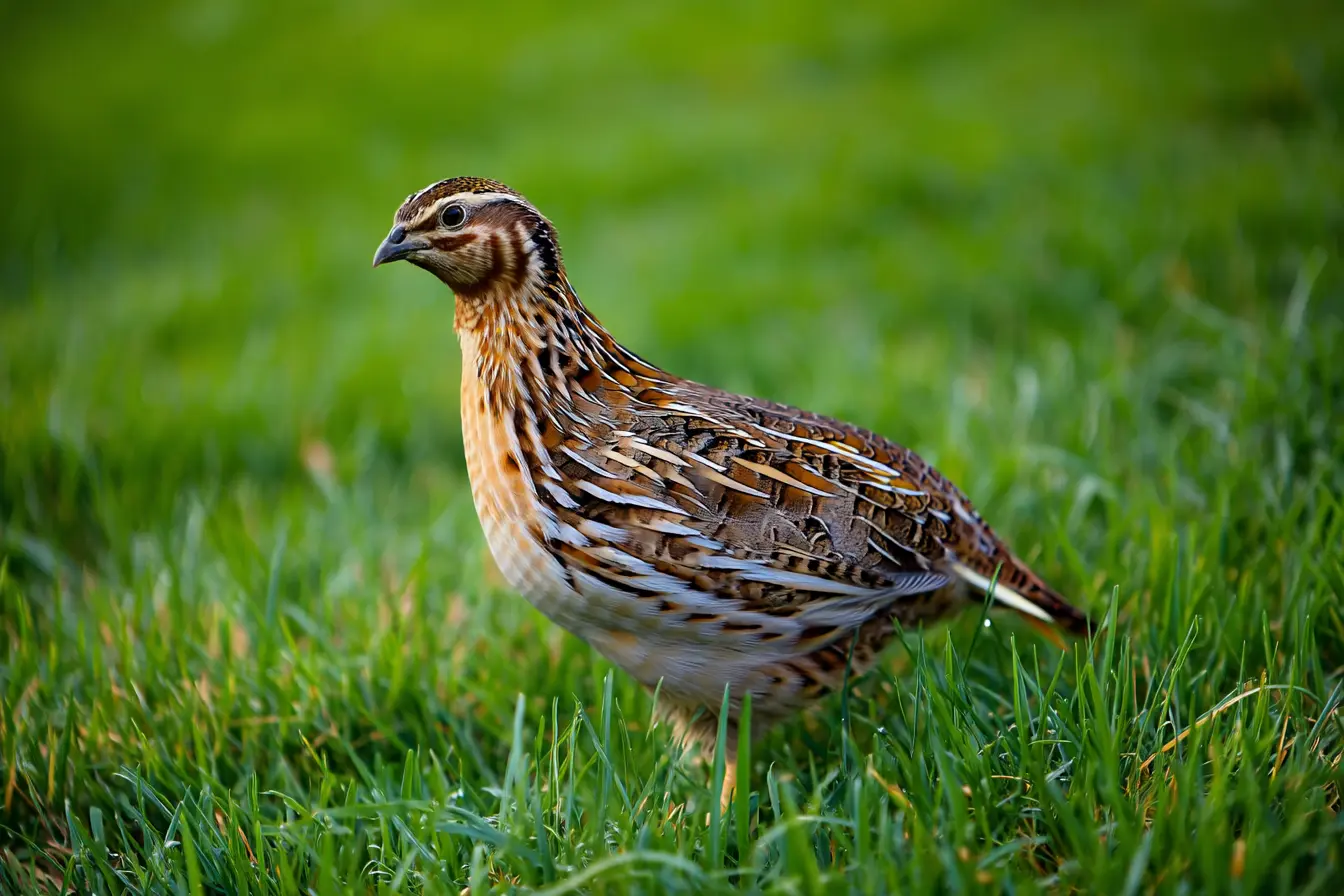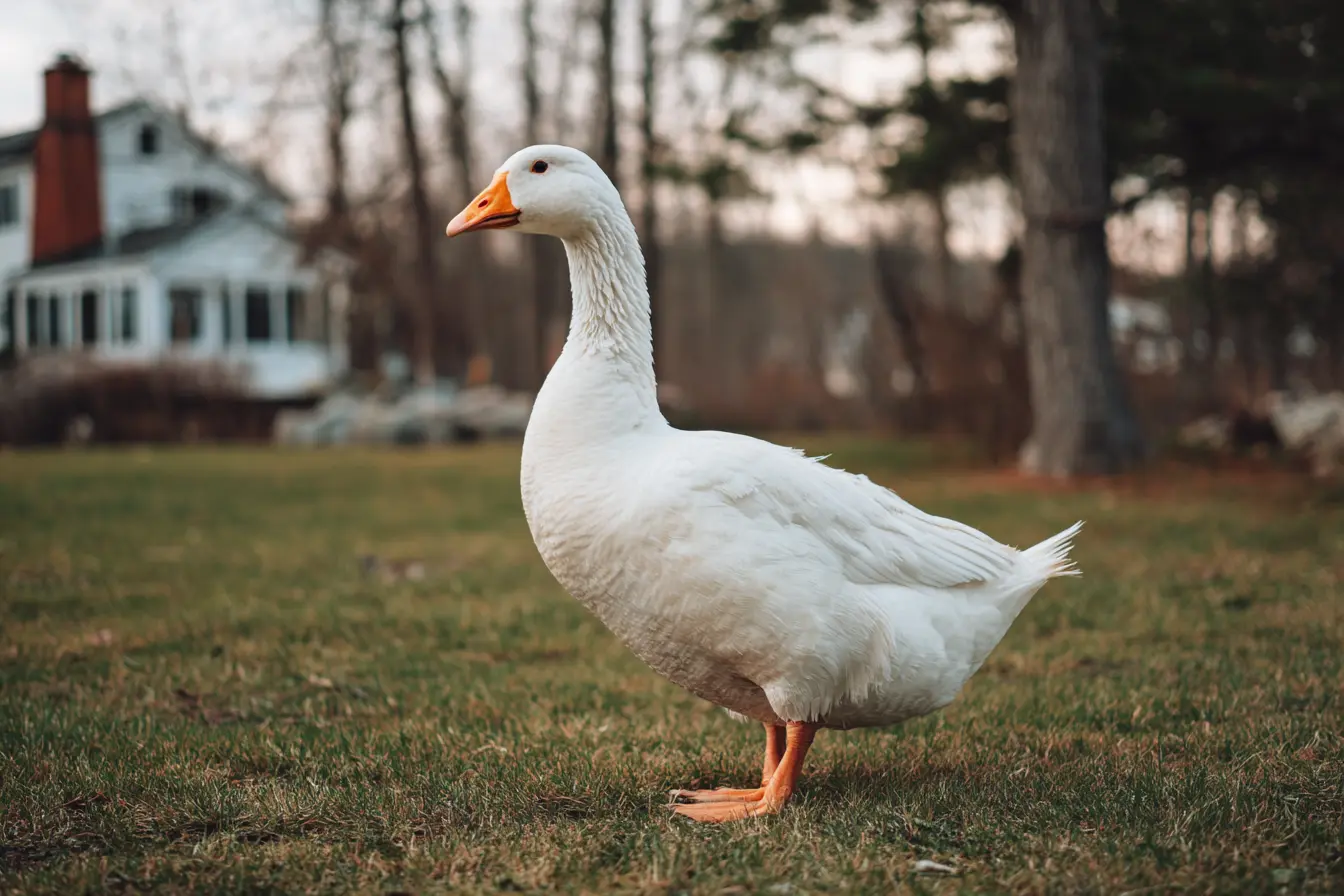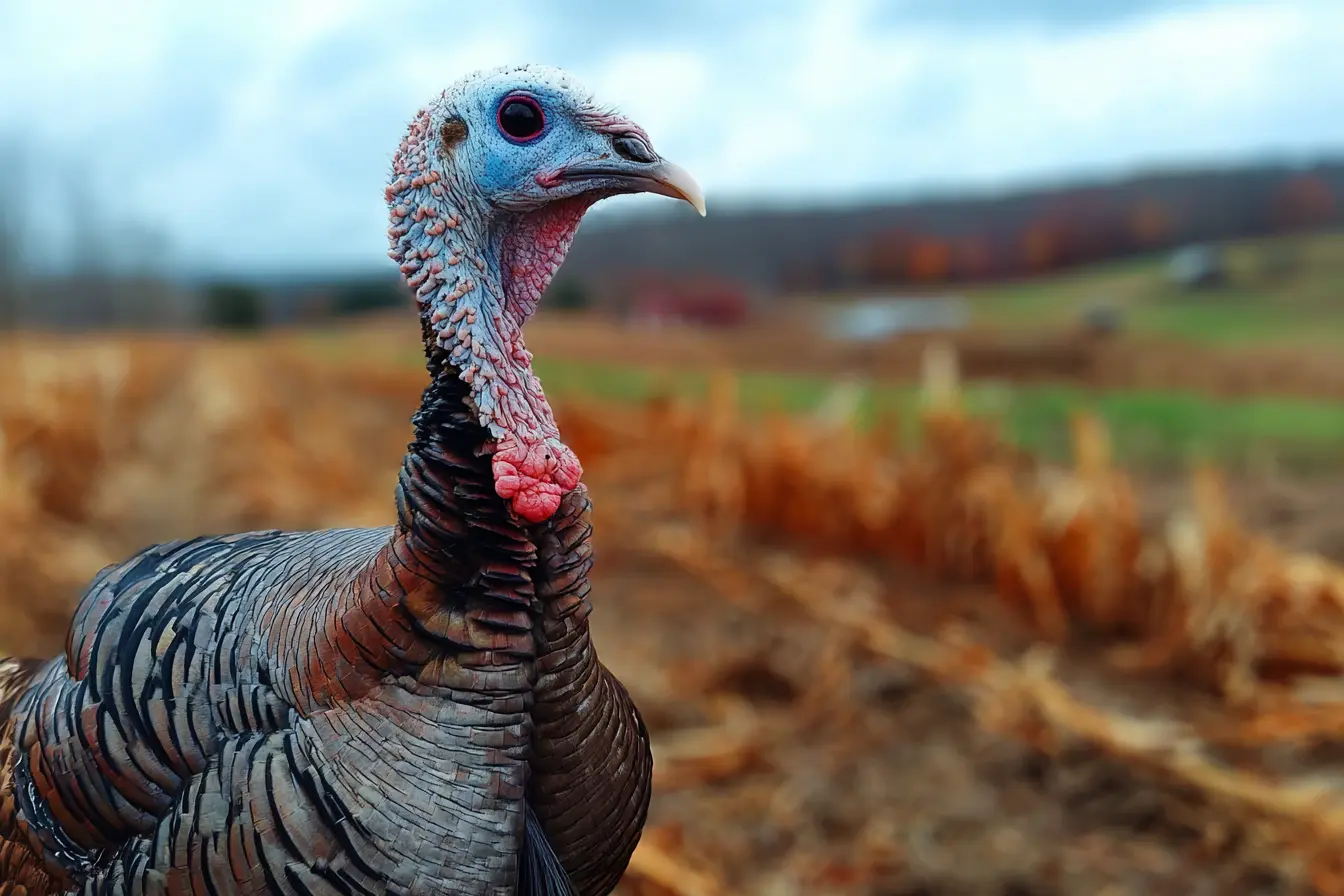
Understanding Different Types of Turkey Eggs and What They Mean
Keeping turkeys is a unique and fulfilling endeavour, especially for smallholders and homesteaders. Though primarily raised for meat, turkeys also lay large, speckled, nutrient-rich eggs during the spring and summer months. Turkey egg production is relatively low compared to chickens or ducks, so each egg counts — and what you see in those eggs can tell you a lot about the health, diet, and environment of your birds.
In this guide, we’ll explore the different types of turkey eggs, what their appearance and contents can mean, and how to resolve common problems.
Turkey Egg Overview
Turkeys usually lay between 10 and 100 eggs per year, depending on breed, age, and management. Most laying occurs from late spring to midsummer, with heritage breeds often going broody partway through the season.
Typical turkey egg characteristics:
- Size: 70–100g
- Colour: Creamy beige or light tan with brown speckles
- Shell: Thick, strong, slightly matte
Note: Unlike chickens, turkeys are seasonal layers and may stop laying during brooding, heat stress, or winter months.
Eggshell Appearance and Texture
Changes to the texture, thickness, or shape of eggshells can indicate issues with nutrition, stress levels, age, or reproductive health.
Common Shell Anomalies and Their Meanings
Thin-Shelled or Soft-Shelled Eggs
Cause: Calcium or vitamin D deficiency; early laying in young hens.
Resolution:
- Provide crushed oyster shell or limestone grit.
- Ensure access to natural sunlight or vitamin D3 supplements.
- Use a balanced breeder or layer feed formulated for turkeys.
Shell-Less Eggs
Cause: Immature reproductive system or stress.
Resolution:
- No treatment is usually necessary in new layers.
- Reduce handling and noise; offer secure, shaded nest areas.
- Check for predator activity which may be causing stress.
Wrinkled or Misshapen Shells
Cause: Damage to the oviduct, infections, or internal pressure from multiple eggs.
Resolution:
- Keep nesting areas clean and stress-free.
- Consult a vet if such eggs are persistent and accompanied by other health symptoms.
Excessively Speckled or Bumpy Shells
Cause: Fluctuations in calcium intake or stress.
Resolution:
- Adjust mineral supplementation and ensure clean water access.
- Avoid overfeeding calcium to non-laying birds.
- Minimise flock disruptions, such as adding new birds during laying season.
Discoloured or Dirty Shells
Cause: Faecal contamination or high humidity in nesting areas.
Resolution:
- Change bedding regularly.
- Use well-ventilated, private nest boxes.
- Encourage hens to lay in boxes rather than on the floor.
Egg Size and Frequency
What Size Can Tell You
- Small eggs: Often laid early in the season or by young hens. These usually increase in size over time.
- Extra-large or double yolked eggs: Can occur when ovulation timing is irregular — common in early layers.
Resolution Tips
- Ensure turkeys are on a consistent, high-quality layer ration with 16–18% protein.
- Avoid overfeeding high-energy treats which can disrupt laying cycles.
- Provide 14–16 hours of natural or artificial light to support regular laying during the season.
Internal Egg Variations
Yolk Colour
-
Pale yolk: Indicates low carotenoid levels in the diet.
Fix: Supplement with leafy greens, maize, alfalfa, or marigold petals. -
Bright orange yolk: A sign of good nutrition—ideal.
-
Blood spots: Caused by small vessel ruptures during ovulation.
Fix: No cause for concern unless frequent—reduce stress and ensure gentle handling. -
Meat spots: Bits of tissue from the reproductive tract.
Fix: Safe to eat but unappealing. May become more common with age or reproductive stress.
Albumen (Egg White)
- Firm, clear and thick: Indicates freshness—normal for turkey eggs.
- Watery or runny: Usually found in older eggs or birds with declining productivity.
Fix: Improve feed quality, and avoid storing eggs in high temperatures. - Discoloured whites (green, pink, red): Can be caused by bacterial contamination.
Fix: Discard the egg. Review water cleanliness and nesting hygiene.
Double Yolkers and Other Oddities
Double yolked eggs occur when two yolks are released at once — common in:
- Young hens just starting to lay
- Turkeys on high-protein diets or with extended daylight exposure
Resolution
- Reduce protein temporarily if double yolkers are very frequent.
- Monitor for signs of egg binding, which can occur with very large eggs.
- Allow turkeys regular laying breaks—especially heritage breeds, which may prefer to brood after a few clutches.
Lash Eggs and Internal Infections
A lash egg is not a true egg, but a rubbery, foul-smelling mass of pus and tissue. It usually indicates salpingitis or another reproductive tract infection.
Signs and Fixes
- Affected hens may appear fluffed up, lethargic, or strain without laying.
- Fix: Isolate the bird, provide supportive care, and consult a vet. Antibiotics may be required.
Egg Freshness and Storage
Due to their strong shells and bloom, turkey eggs stay fresh longer than expected when stored properly.
Float Test
- Lies flat in water: Fresh
- Stands upright: A few weeks old — still edible
- Floats: Probably gone off — discard
Storage Tips
- Store unwashed eggs in a cool place (ideally under 10°C)
- Wash only just before use to preserve the bloom
- Label eggs with date of collection to monitor freshness
When to Be Concerned
You should take action if:
- Several turkeys stop laying suddenly or lay abnormal eggs
- Eggs are consistently soft, misshapen, or discoloured
- Lash eggs appear
- Birds show signs of illness (straining, lethargy, droppings stuck to vent)
Checklist for Troubleshooting
- Diet: Is your feed suitable for laying turkeys?
- Calcium: Are crushed shell or grit available?
- Lighting: Are daylight hours sufficient for seasonal laying?
- Stress: Any predator activity, flock changes, or handling during laying?
- Parasites: Is your deworming schedule up to date?
- Hygiene: Are nest boxes dry and clean?
Conclusion
Though they may not be prolific layers, turkey eggs are valuable and full of clues about your hens’ well-being. From shell quality to yolk colour, every part of the egg can help you fine-tune nutrition, husbandry, and care.
By staying observant and addressing egg abnormalities early, you’ll ensure a healthy flock and maximise the quality of your seasonal egg harvest.
Related Vets
Vets near you
Speciality vets
- Aquatics vet specialists
- Birds vet specialists
- Camelids vet specialists
- Cats vet specialists
- Cattle vet specialists
- Deer vet specialists
- Dogs vet specialists
- Equines vet specialists
- Exotic vet specialists
- Goats vet specialists
- Pigs vet specialists
- Poultry vet specialists
- Sheep vet specialists
- Small Mammals vet specialists
- Wild vet specialists
